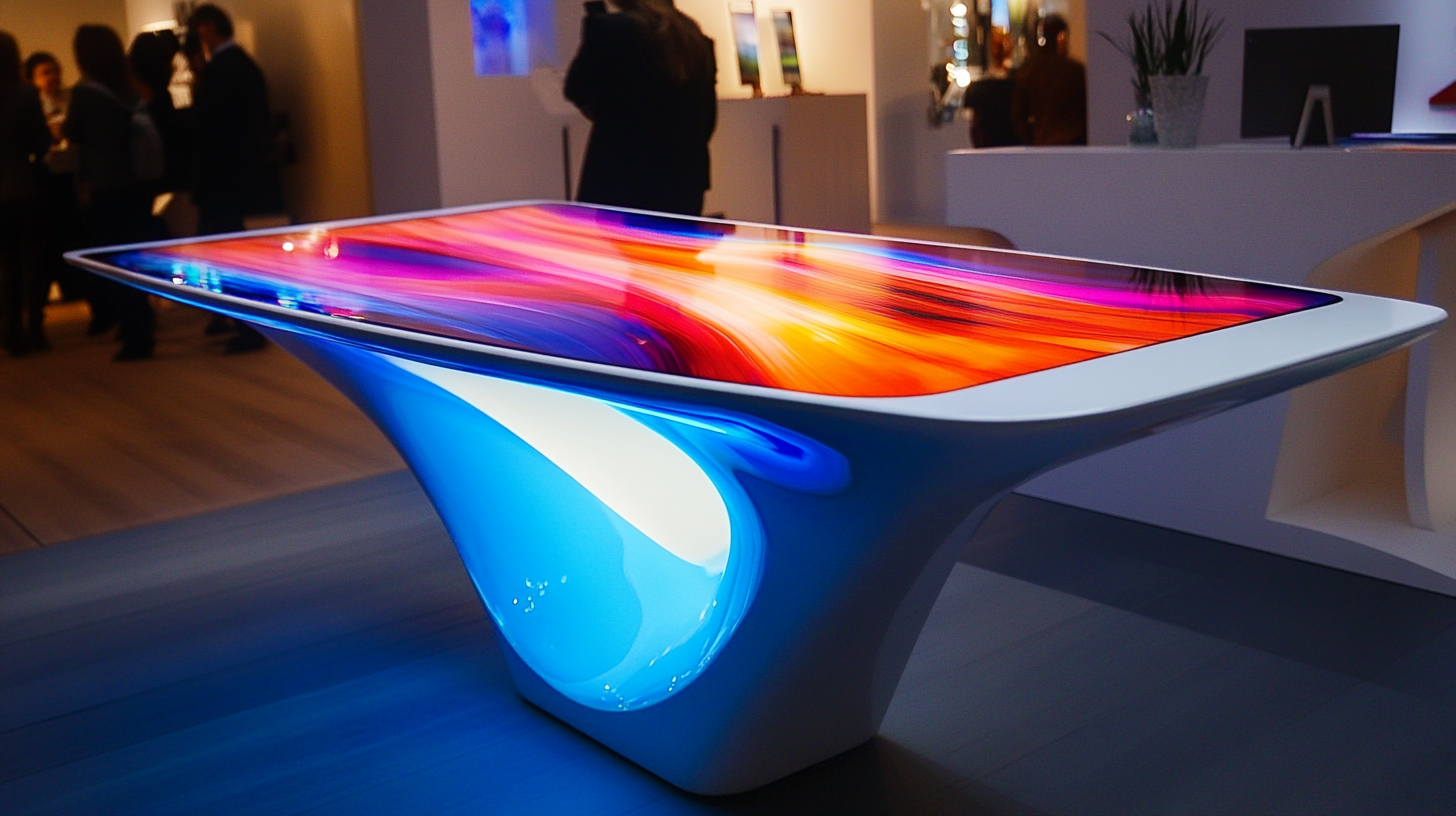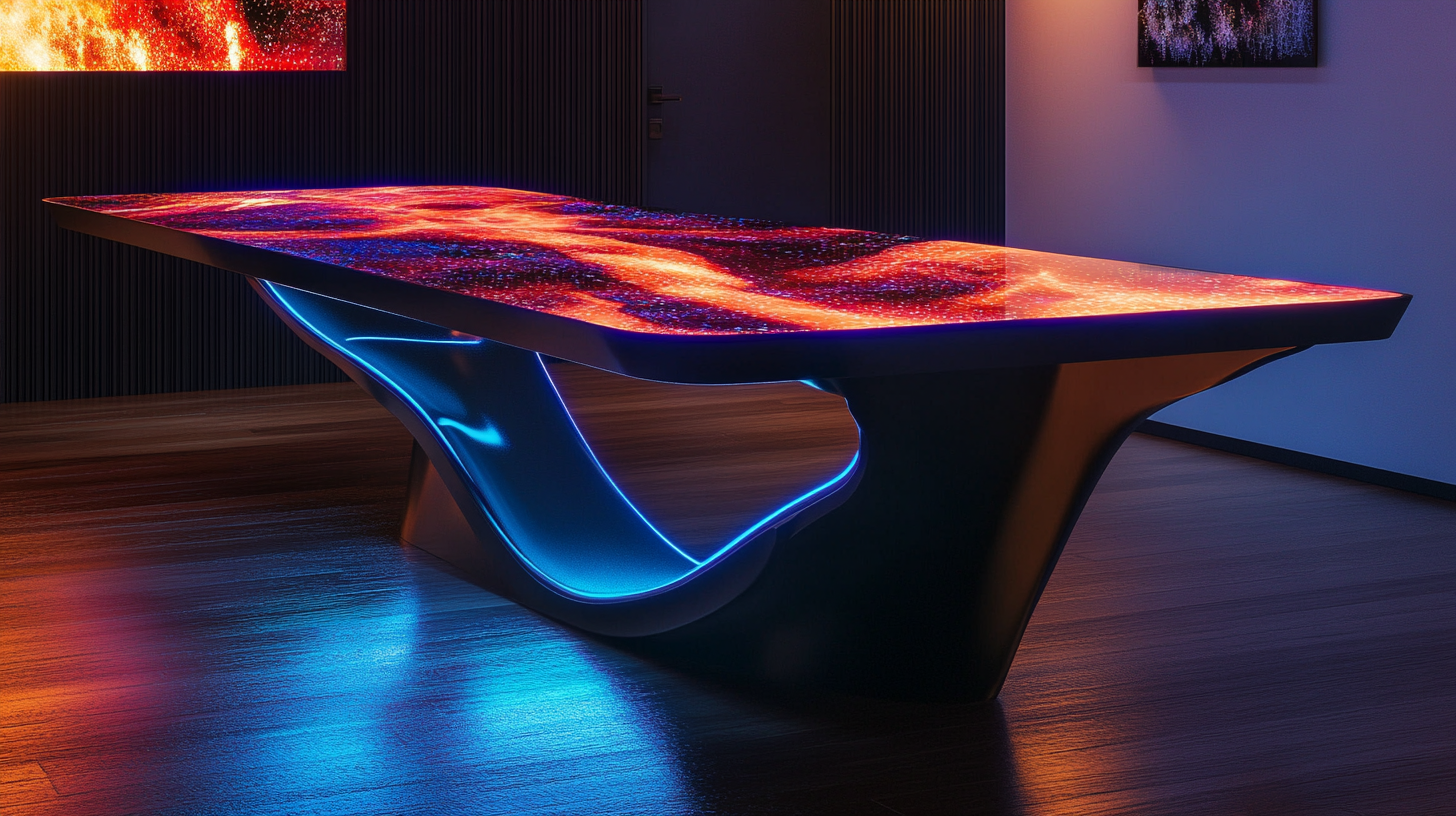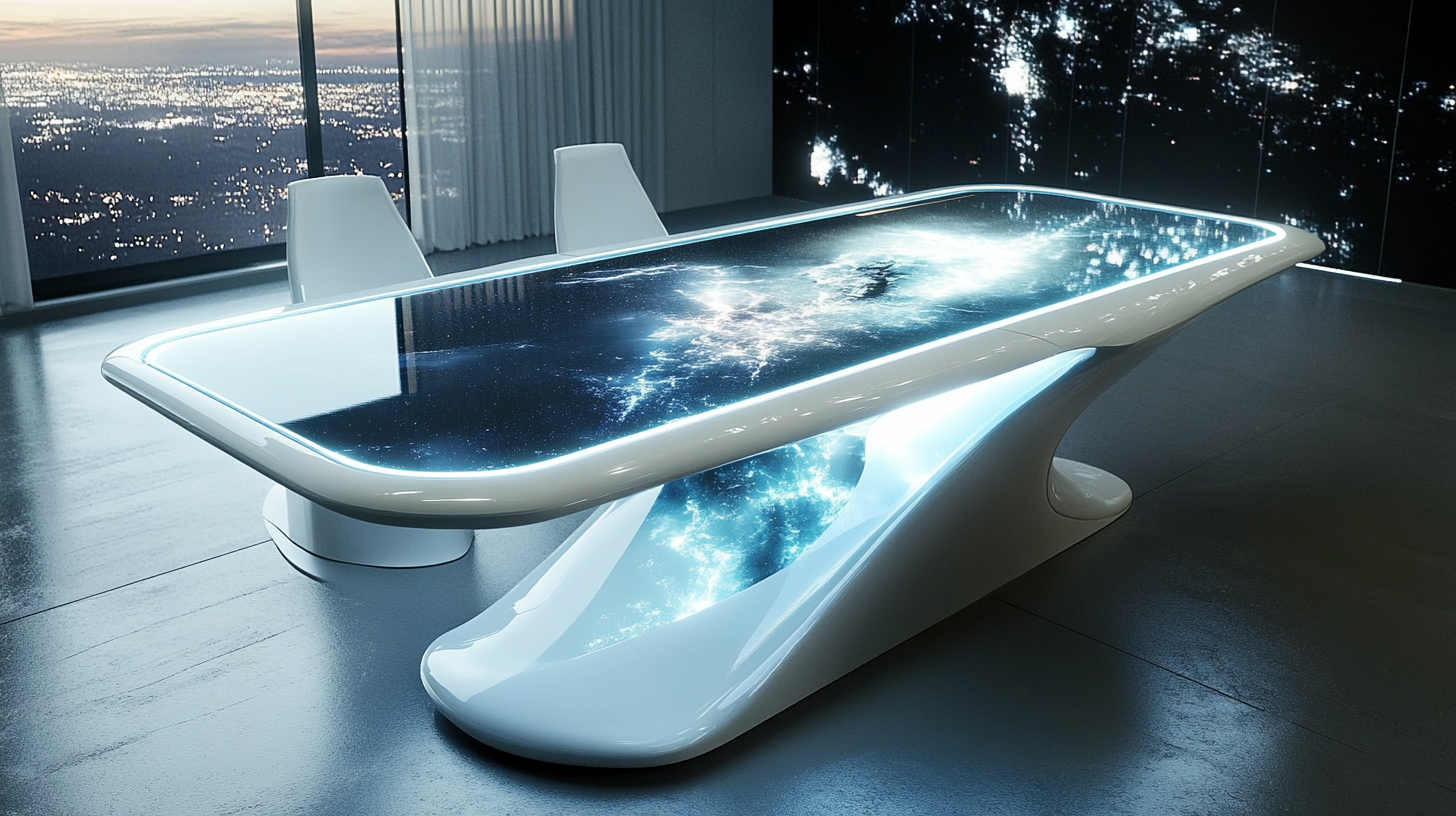Plasma Table Insights for Global Buyers 2025 Top 10 Trends Shaping the Future
January 2025 will find an almost totally changed face within the Plasma Table and Plasma Cutting Tables market that will bear little resemblance to that of even three years earlier. According to the famous consulting company and market research report Grand View Research, global plasma table markets are likely to be broadened and will witness a great boom with an estimated CAGR of more than 5% between 2023 and 2030. This form of laying conditions is mainly on advancing demand in precision cutting across various sectors, including manufacturing, automotives, and aeronautical ones. Most probably, by bringing advanced technologies and automation into the plasma cutting systems, the productivity and efficiency of work can be increased further, which incorporates the need for relevance for the Plasma Tables in different industries.
As Industry 4.0 has arrived and is changing the traditional manufacturing activities, as the adoption of advanced manufacturing technologies is boosting improvements in the features of Plasma Tables making them more interesting to buyers across the globe, there is an increased requirement for flexible and efficient equipment. The report by MarketsandMarkets justifies this point and shows how, among many other contributing factors, advanced manufacturing technology is increasing the adoption of advanced manufacturing technology into today's manufacturing. In this post, we'll look into the top ten trends that will change the future of Plasma Tables. These trends provide some action-best practices for buyers looking to stay ahead in this ever-changing market.

Emerging Technologies Transforming Plasma Table Manufacturing
As we enter into an era characterized by difference and technological advancement, the plasma table industry is undergoing some severe changes. Not only are new technologies boosting manufacturing efficiencies, but they also empower almost a complete transformation of all manufacturing steps in favor of exactly customized solutions for a wider world market. Advanced robotics, for example, allow for precision cutting along with fully automated processes that minimize human error while maximizing productivity. Another growing factor is artificial intelligence (AI) and machine learning utilized within the design and operation of plasma tables. AI and machine learning allow manufacturers to utilize real time data analysis for workflow optimization and predictive maintenance. AI algorithms learn from previous processes and recommend possible improvements, which increases sustainability, reduces waste, and assists in improving innovative materials and coatings for increased durability and performance-to guarantee plasma tables perform well under heavy use in several challenging environments. The arrival of Industry 4.0 is compelling the manufacturing processes of plasma tables, since a smart manufacturing environment shall harness IoT connectivity. This means production metrics shall be tracked better, along with real-time adjustments that allow for a more agile reaction to market demand. These technologies have sporadically been found falling in fulfilling their promises, yet their further evolution will be a sure factor in defining the outlook of plasma table manufacturing by 2025 and beyond, whereas it becomes increasingly customer-responsive, production-efficient, and competitive through customization in the hands of global buyers.

Sustainability Initiatives and Their Impact on Plasma Table Production
Considering the ever-developing global plasma table market, sustainability has begun penetrating the production processes and materials used in the manufacture. Manufacturers have felt the urgency to reduce their environmental footprint. While some companies reacted to such an evolving demand in the marketplace mainly due to regulatory pressure, many are now faced with consumer activism in favor of classic green products. For instance, implementing energy-efficient technologies and the use of recycled materials are the first steps of many companies to engage in waste reduction through the practice of lean manufacturing.
In addition to emission and waste reduction, plasma table producers are leveraging renewable energy within their operations. The proliferation of solar panels and wind turbines on factory floors has markedly reduced dependence on fossil fuels. Added supply-chain sustainability is another focus area, as suppliers imbedded with their own environmental policies are carefully vetted. This all-encompassing procurement guarantees the very sustenance of sustainment throughout every single step of the plasma table production process towards an industry in which sustenance all the way-home carries relevance.
Design innovation is yet another key trend in consonance with sustainability objectives. Manufacturers design plasma tables that truly optimize performance and allow for longevity. This means making equipment upgradeable and repairable so that its life can be maximized, postponing the need for replacement. In the intersection of sustainability initiatives and technological advancements, plasma tables thus become a linchpin in the wider progress towards sustainable manufacturing practices, concurrently forging a future where efficiency and environmental responsibility are two sides of the same coin.

Shifting Consumer Preferences Influencing Plasma Table Design
The whole basic and fundamental design of plasma tables has experienced an enormous transformation during this whole 25 years mainly because people were consumption-centric for newer modern varieties of furniture. With the common trend emerging among modern people for such items to be synonymous with their lifestyles, the manufacturer's job now lies in crafting and molding their designs to the ever-changing variables of the market tastes. Such things as multifunctionality, sustainability, and personalization are the essential features of today's plasma table making.
Today's customers are more environmentally conscious than ever, choosing materials and forms that reduce pollution. As a result, many designers have now considered making eco-friendly plasma tables into their offering. They explore various eco-friendly materials and production methods and also include energy-saving technologies in their installations. In short, they build tables that do not just become furniture that serves their functions but fills the value associated with sustainability and responsible consumption.
Emerging technologies form another component in making plasma tables modern. Shoppers will expect smart solutions for better experiences in the use of plasma tables, for instance, build-in charging ports and more connectivity choices. This will require manufacturers to change some of the traditional ideas regarding designs to accommodate the kind of high-tech characteristics that run people today's needs. This is how the latest modern plasma tables will include, as customers' preferences keep changing with time.

Global Market Dynamics: Regional Trends in Plasma Table Sales
In the coming years, there will be an increase in demand for plasma tables across geographies. Regional trends show a different growth rate in the market. As per a recent report published by MarketsandMarkets, the latest announcement says that plasma-cutting technology will likely record an increase from USD 3.4 billion in 2023 to USD 4.9 billion by 2028, with a CAGR of 7.5%. This growth is primarily attributed to improving automations in manufacturing processes and improvements in plasma cutting technologies.
The analysis thereby shows that the plasma table market in North America is growing significantly because of the presence of advanced manufacturing industries, which are pushing production efficiency improvements. For instance, the American Welding Society mentions that 80 percent of such manufacturers invests in new technologies to propel their production capabilities, indicating a penchant toward high-precision tools such as a plasma table. Heavy investments in R&D in the region drive innovations that ensure better service life and performance of plasma cutting systems.
On the contrary, Asia-Pacific is speeding up quickly due to high demand from automotive, electronics, and metal fabrication industries. According to Research and Markets, Asia-Pacific would hold more than 35% of the global plasma cutting equipment market share in 2025, following rapid urbanization and industrialization developments. A substantial pace has been established by countries such as China and India regarding investment cascades in infrastructure leading to the need for efficient cutting technologies such as plasma tables. This combination of different regional tendencies represents the dynamic scenario in the plasma table market, which reiterates the importance of keeping global buyers updated with local as well as global advancements in manufacturing.
Innovative Applications of Plasma Tables Across Various Industries
This usage of innovative plasma tables is transforming many industries in high-precision and efficient production processes. In automotive and general machinery, such as plasma cutting, the industry is increasingly engaging in producing complex shapes and components with almost no waste of material. Simultaneously, it makes the production process cheaper and quicker in a way that makes such businesses brisk toward changing market requirements.
On the other hand, plasma tables also offer high precision for the manufacturing of precision machines and transport equipment. This can provide an opportunity to cut complex shapes at highly accurate values, which is beneficial when being used for high-performance applications or where the tolerances are very tight. This would be the new implementations that the industry started adapting with these newer tools as this change toward automation and integration with CN technology continues to broaden the horizons of the typology of business towards which plasma tables may be used.
The growing demand for plasma tables is fast becoming a phenomenon due to emerging markets in Asia-Pacific and Europe. As the industries are changing, it is the need for adaptable and flexible machines capable of processing a multitude of different materials that now seems most important. This will only ensure growth for the machine tool market and emphasize continuous innovation in plasma table technologies to meet the evolving global needs of buyers. The promise remains enchanting as such innovation continues to replace traditional modes of manufacturing.